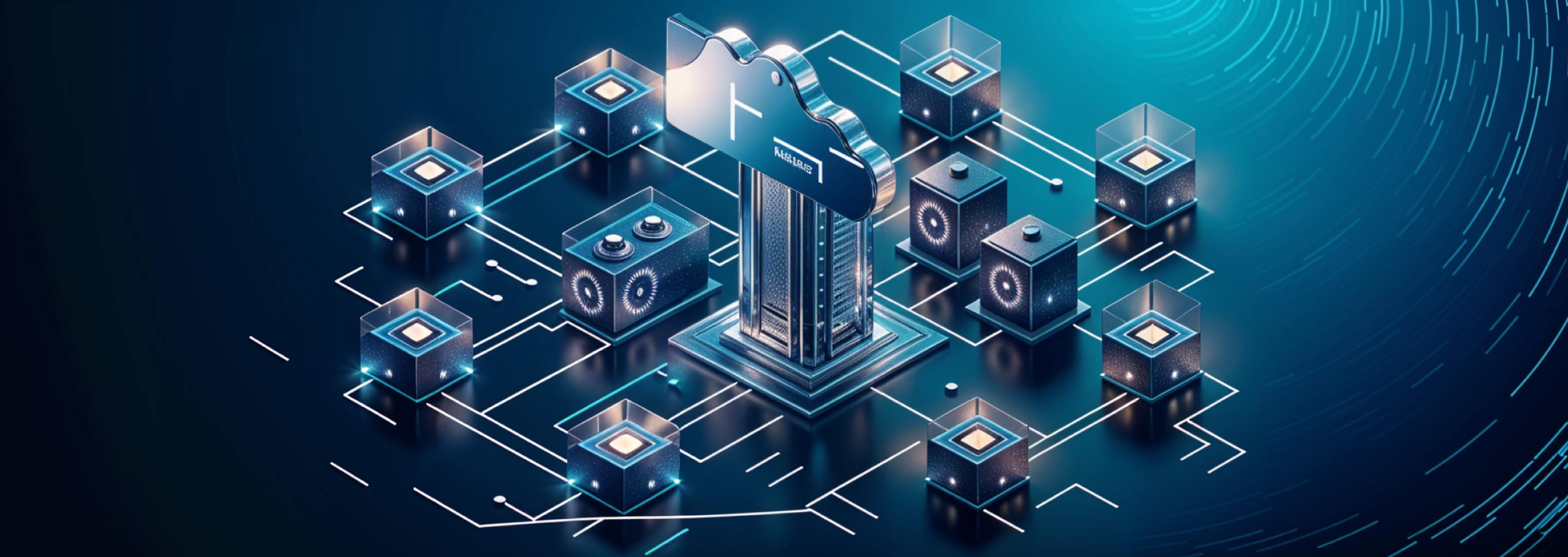Businesses are building chatbots to automate repetitive tasks and save costs and resources. However, a chatbot needs to be carefully designed to optimize the user experience. A chatbot development process based on best practices will help organizations to achieve their business goals.
Advancement in technology, increasing demand from customers for self-service and round-the-clock customer support are driving the growth of chatbots. The market size for chatbots is expected to grow from $2.6 billion in 2019 to $9.4 billion by 2024, at a CAGR of 29.7%, according to a report by Markets and Markets. While there are no official guidelines for chatbot development, the industry has developed its own chatbot development best practices based on its experience. If you or your team is planning to build a chatbot, here are a few best practices that will help you reduce time to delivery, cut costs and be successful in your project.
Building Chatbots
A chatbot is a code artifact and building it requires you to adopt certain best practices. Here are a few chatbot development best practices to help you build a bot which is as good as it can be.
- Start with Users in Mind : As with any software, users should be at the center of your development process. More so for a chatbot which is expected to help a customer like a live agent. Understand the role of the bot and its utility for users. And then think of how best you can help the user.
- Define the Scope : Today, bots can perform simple to complex operations by leveraging advanced technologies. However, every chatbot needs to work within a defined scope. Identify the value you want to create for your users. What is a must-have in your chatbot and what might be a good but not a necessary feature? Define your scope considering your value and budget. You can always add new features to the chatbot at a later stage.
- Choose the Right Bot Development Framework : You have the option to use a bot development platform or build a custom chatbot from scratch. The development process becomes efficient when you want to build a chatbot with limited features in a quick time. Custom chatbot development provides you greater flexibility and helps you build bots specific to your business needs.
- Define Conversation Style : Chatbots are for human-like conversations and that is why defining the conversational style of your chatbot is important for its success. To start with, decide what should be the conversational style of your chatbot. Understand how your users converse. Add some charm, humor and uniqueness to your bot’s conversational style to enhance the user experience.
- Personalization : Customers are increasingly demanding personalized user experiences. Yet, surprisingly most bot conversations offer impersonal experience. Apart from inserting the user’s name, there is very little that a chatbot does to personalize the user experience. Prepare your chatbot to personalize conversations by leveraging AI and Machine Learning (ML). Identify the part of conversations that can be personalized and the information you need to feed into the chatbot to deliver it. Your chatbot should also be able to ask questions to the user to offer a personalized experience.
- Prepare to Handle Failure : One of the challenges in recreating a human-like conversation on a machine, however intelligent it can be, is nonlinearity and context of the question. What if a user asks a question that is not part of the script of the chatbot? Or enters a word or a sentence that has multiple contexts. You need to prepare your chatbot to respond to such situations without compromising the user experience.
- Integration with Other Systems : Chatbots should be able to integrate well with other systems like CRM, marketing automation, ERP and accounting packages to expand their scope. This will also help you feed your chatbot with relevant information to assist your customers. Here again, the chatbot development framework you decided at the earlier stage will play a role. Standard bot development platforms may not allow you to integrate with all enterprise systems. Building custom chatbots gives you the flexibility to integrate with any system as per your need.
- Test, Track and Tune : Chatbots need more rigorous testing than any software because you can never imagine or scope all the scenarios in which a user will converse with your bot. It is important for you to instrument your bot and then track all the conversations with the users to identify areas of improvement. You need to identify problems and then address it fast to improve your bot.
According to Gartner, 91% of businesses are planning to deploy AI in the next three years. A billion service tickets will be raised automatically by chatbots by 2030. The bots are ready to take off and we will see them performing more complex tasks in the future. A study from Juniper Research predicts that by 2023, the global banking industry can save $7.3 billion in operational cost by using chatbots. The time saved for banks in 2023 will be 862 million hours, equivalent to nearly half a million working years. Businesses across industries are reporting significant costs and manhour savings from using chatbots.
If you are contemplating building a chatbot for your business, then Gemini Consulting can help you. We can help you harness the power of AI to build smart chatbots for you. To know more about our chatbot development process, click here.



